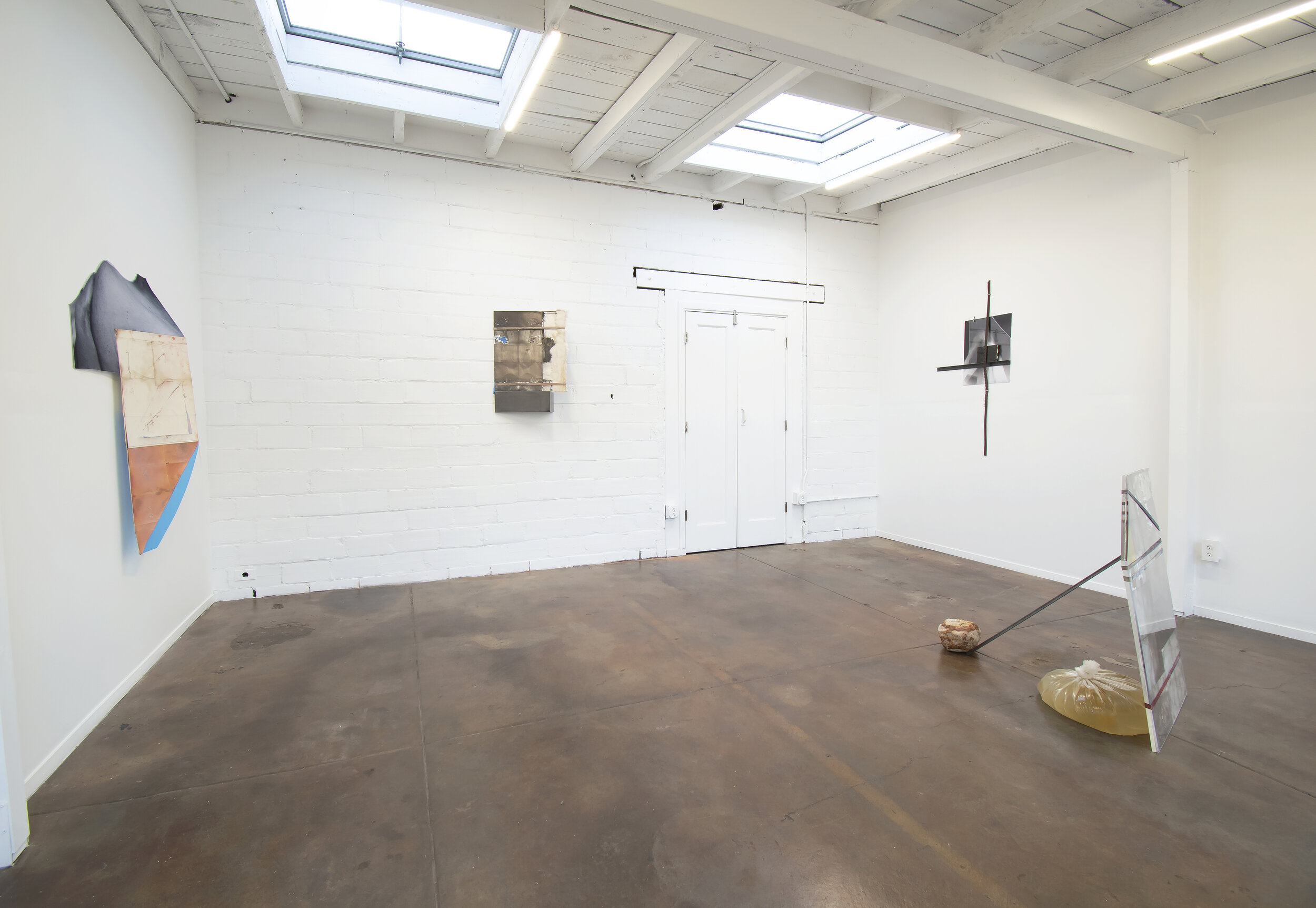The Walking Prints
Elena Gross, July 2020
In spite of city and state ordinance announcing a prolonged and indefinite “shelter-in-place,” walking has been one of the only constant and routine activities I have engaged in for months. Walking once typically meant “going to” or “coming from,” and usually to or from work. Now it feels nearly entirely without purpose: part exercise, part means-to-an-end, part directive from my therapist in an effort to manage my anxiety.
Though these days walking is largely a solitary act, I am now distinctly more aware of the distance between my own steps and the steps of those in front of or behind me, careful not to overlap. As we walk, I imagine invisible strings tethering us together, six-feet-apart, at the torso or at the hands like a chain of paper dolls.
A few weeks ago (maybe months ago, now) I came across a viral graphic about contact tracing floating around social media that proposed: “If you were to get a call tomorrow telling you that you tested positive [...] and you were asked to list all the people you’ve had contact with in the past 14 days, would you be proud of yourself or embarrassed by your actions?”
Of course, I believe this graphic is more of a warning about the dangers of social gatherings in public places like bars, or restaurants, or shopping malls, than about crossing paths with a stranger while on a walk around your neighborhood. However, its broader implication for public life is resolute: we are all responsible for another. And not (only) in an abstract sense of ethics or morals but in an urgent physical and material way.
Beyond mere meditation on the pleasures (and, I suppose, dangers) of walking, the walking prints in Sheilah ReStack’s Hold Hold Spill resonated with my deep sense of anxiety and paranoia around the body as a social object within a socially-distant world. Light-sensitive paper is enacted upon by both the body and the space around it to produce a ghostlike document of the artist’s footsteps. Though, the result produces no identifiable image of either place or of body. It merely exists as data; evidence of where a body has been as seen through a record of what it has come in contact with.
If I were to test positive for the virus tomorrow, I wonder what my walking prints would reveal about these past 14 days. About all the places I’ve been, real or imagined. All the people I’ve been with, knowingly or not. An index of either triumph or shame, of either caution and safety, or hubris and risk. Would I feel proud of myself or embarrassed by my actions?
What Hold Hold Spill works to show us, I think, is how limiting these finite readings and definitions can be. How unreliable the image as so-called proof. How connected and contingent each piece and each material is to its own making, to the sum of its parts, and to the space around it. Far from assuaging my latent anxiety, walking in quarantine has re-informed my relationship with my body and how dependent and mutually constituted it is. And how the distance between myself and the rest of the world—in physical proximity and in social obligation—is both closer and far more wide-reaching than I could have ever imagined.

